Introduction
In the realm of fitness and strength training, Nordic Curls have emerged as a powerhouse exercise for developing strong and resilient hamstrings. Whether you’re an athlete looking to boost your performance or a fitness enthusiast aiming to target your posterior chain, the Nordic Curl offers a comprehensive solution. This article will delve into the depths of the Nordic Curl, exploring its proper form, equipment, benefits, variations, injury prevention strategies, and more. By the time you finish reading, you’ll be armed with the knowledge you need to conquer this challenging exercise and reap its rewards.
Key Takeaways
- Nordic hamstring curls are versatile bodyweight exercises to improve posterior leg strength and reduce injury risks.
- Proper form and technique are essential, meaning you should start in a secured kneeling position and lower your body in a controlled manner.
- Variations and alternative exercises exist, allowing for individualized progression and offering an option to perform Nordic curls at home.
Understanding the Nordic Curl
The Nordic Curl, also known as the Nordic Hamstring Curl or Russian Curl, is a bodyweight exercise designed to isolate and strengthen the hamstrings. It primarily focuses on the eccentric phase of muscle contraction, which involves the controlled lengthening of the muscle under tension. This unique emphasis on the eccentric motion makes the Nordic Curl a potent tool for building hamstring strength and preventing injuries.
Exercise Form and Technique
Executing the Nordic Curl demands proper form and technique to maximize its benefits while minimizing the risk of injury. To perform the exercise:
- Starting Position: Begin by kneeling on a soft surface, securing your ankles under a sturdy anchor or asking a partner to hold your ankles.
- Eccentric Phase: Lower your upper body towards the ground while maintaining a straight line from your head to your knees. Engage your core and keep your back straight.
- Full Range Movement: Control the descent until you can no longer maintain the straight line. At this point, push yourself back up using your hands and reset for the next repetition.
Required Equipment
The beauty of the Nordic Curl lies in its simplicity – it requires minimal equipment. To perform the exercise, you’ll need a soft surface to kneel on and something sturdy to anchor your feet, such as a partner, a barbell secured in a rack, or a specialized Nordic Curl machine or Nordic Bench.
Benefits of the Nordic Curl
- Hamstring Strength: The Nordic Curl hones in on the hamstring muscles, enhancing their strength and stability, which is crucial for athletic performance and injury prevention.
- Injury Prevention: Strengthening the hamstrings through Nordic Curls can help prevent common injuries, such as hamstring strains and tears, by improving muscle balance around the knee joint.
- Performance Enhancement: Athletes, especially runners and those involved in sprinting, can benefit from the explosive power and stride efficiency gained from strong hamstrings.
- Functional Fitness: Nordic Curls promote overall lower body strength and balance, translating into improved daily activities and functional movement.
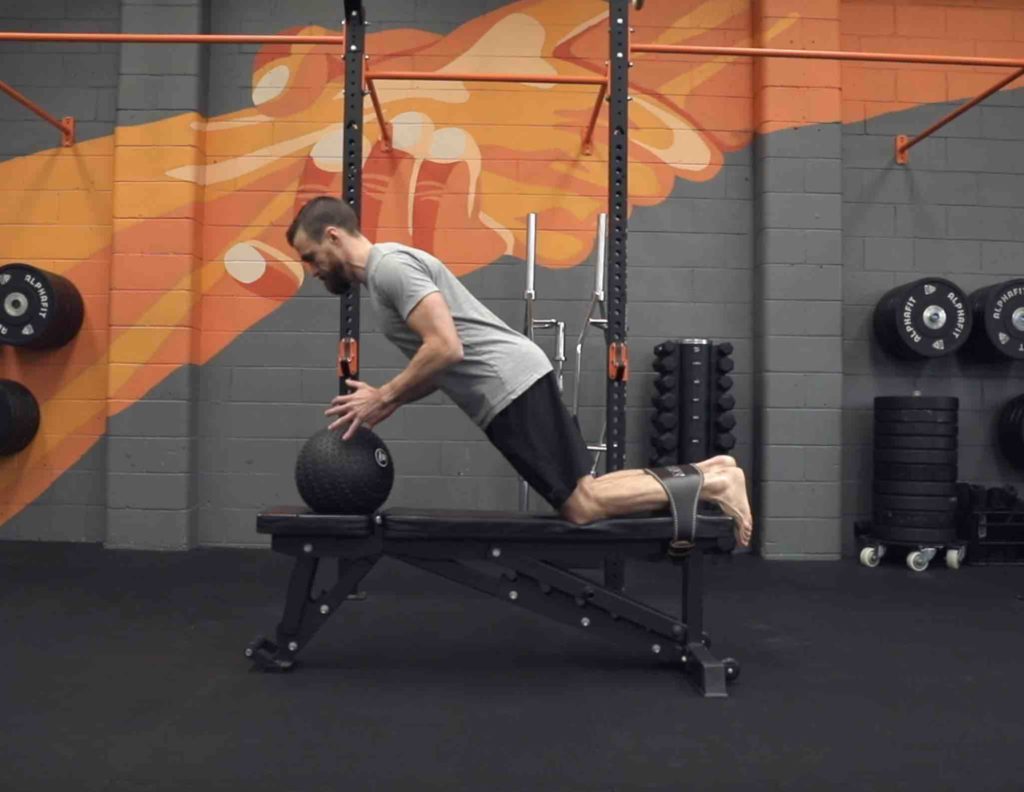
Variations of Nordic Curl
Eccentric Nordic Curls
This variation focuses on the eccentric phase only, making it an excellent starting point for beginners. Use your hands or assistance to return to the starting position.
Partial Range Nordic Curls
Perform the exercise within a limited range of motion, gradually progressing to a full range as your strength increases.
Full Nordic Curls
Master the complete exercise by controlling both the descent and ascent without assistance, providing the maximum challenge and benefit.
Injury Risks and Prevention
While the Nordic Curl is a potent exercise, it’s crucial to be aware of potential injury risks. Straining the hamstring muscles or overloading the lower back can occur if proper form is not maintained. To prevent injuries:
- Start Slowly: Begin with a manageable range of motion and gradually progress.
- Focus on Technique: Prioritize proper form over the number of repetitions.
- Listen to Your Body: If you experience discomfort or pain, stop immediately and reassess your form.
Preventing Common Mistakes
- Using Momentum: Avoid swinging your upper body to complete the motion. The movement should be controlled and deliberate.
- Neglecting Core Engagement: Keep your core engaged throughout the exercise to maintain stability and prevent overarching your lower back.
- Skipping Progression Steps: Don’t rush into advanced variations without mastering the foundational form first.
Alternative & Beginner Exercises
Incorporate these alternative and beginner exercises to diversify your hamstring training routine:
Hamstring Walk Out
Begin in a kneeling position and use your hamstrings to “walk” your body forward, then return to the starting position.
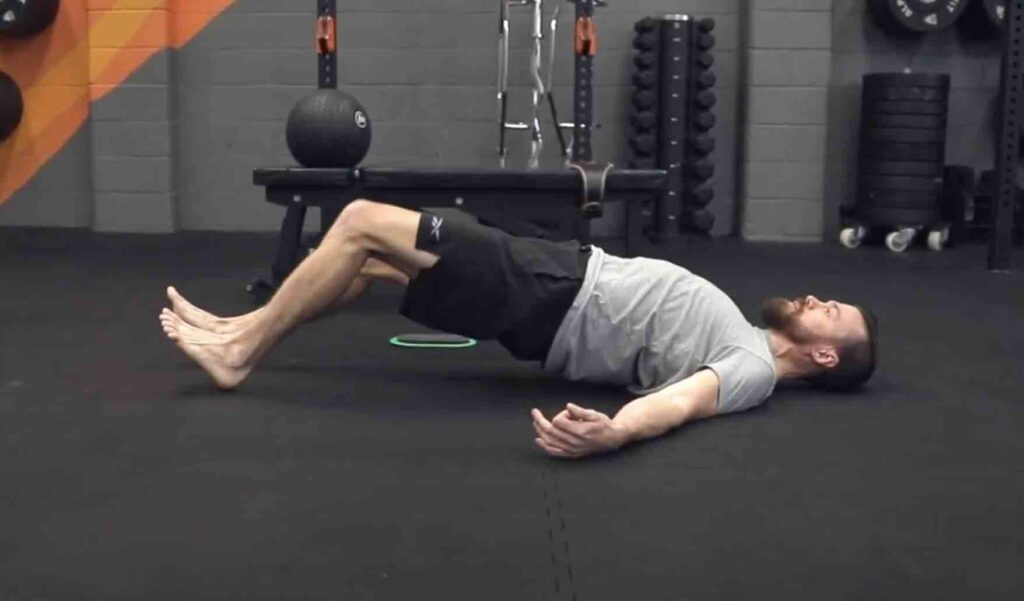
Hamstring Slides
Lie on your back with your feet on a slider or towel, then slide your heels towards your glutes using your hamstrings.
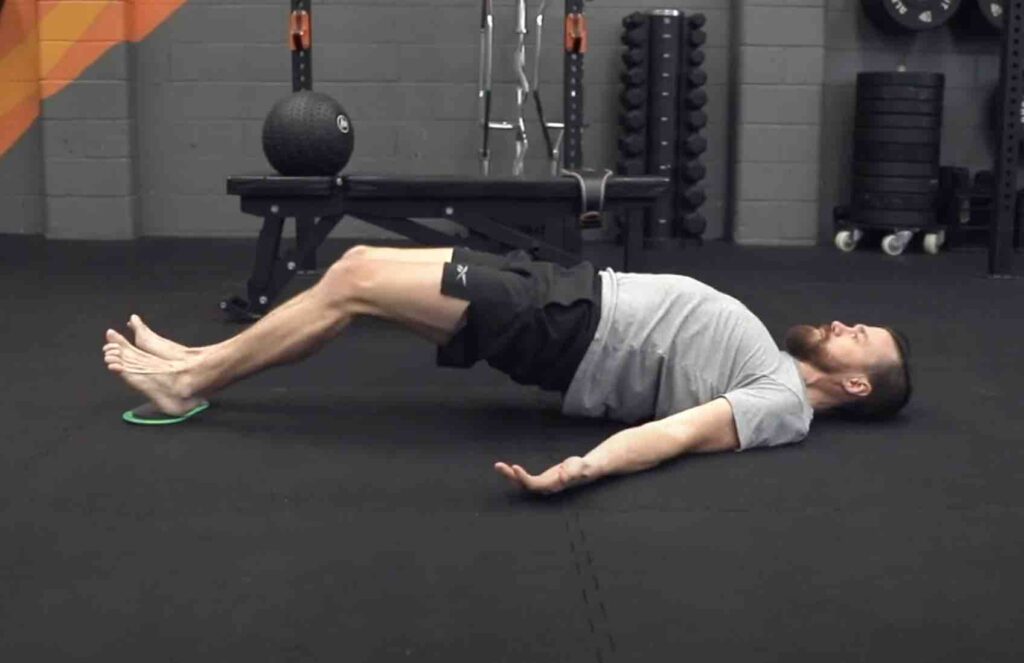
Single Leg Hamstring Slide
Similar to hamstring slides, but performed with one leg, adding a stability challenge.
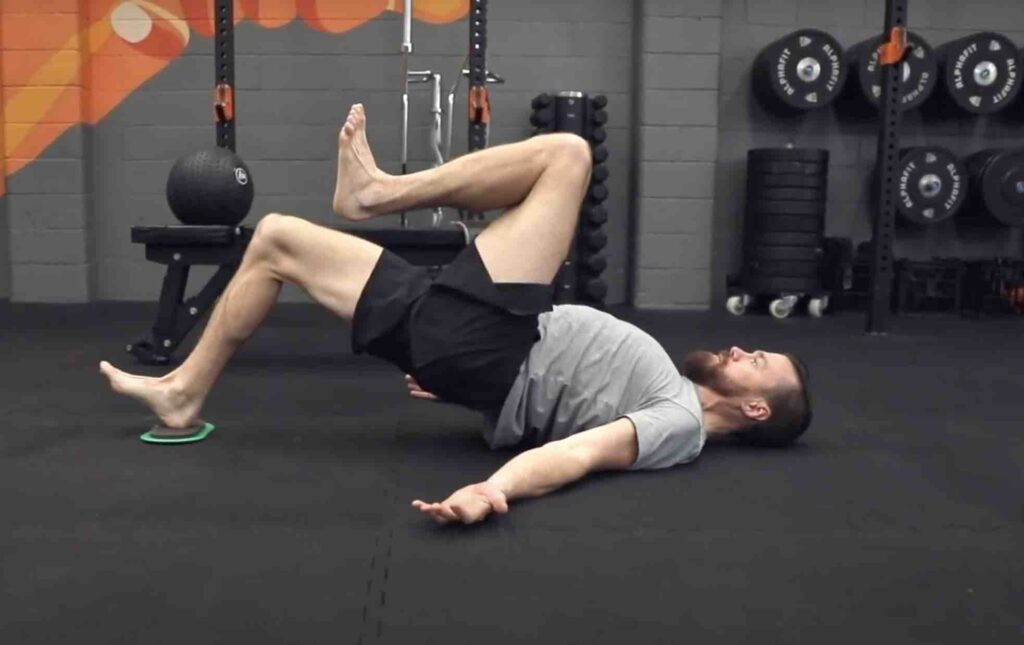
RDL’s & Single Leg Deadlifts
Use dumbbells or a barbell to perform Romanian Deadlifts and Single Leg Deadlifts, targeting the hamstrings and glutes.
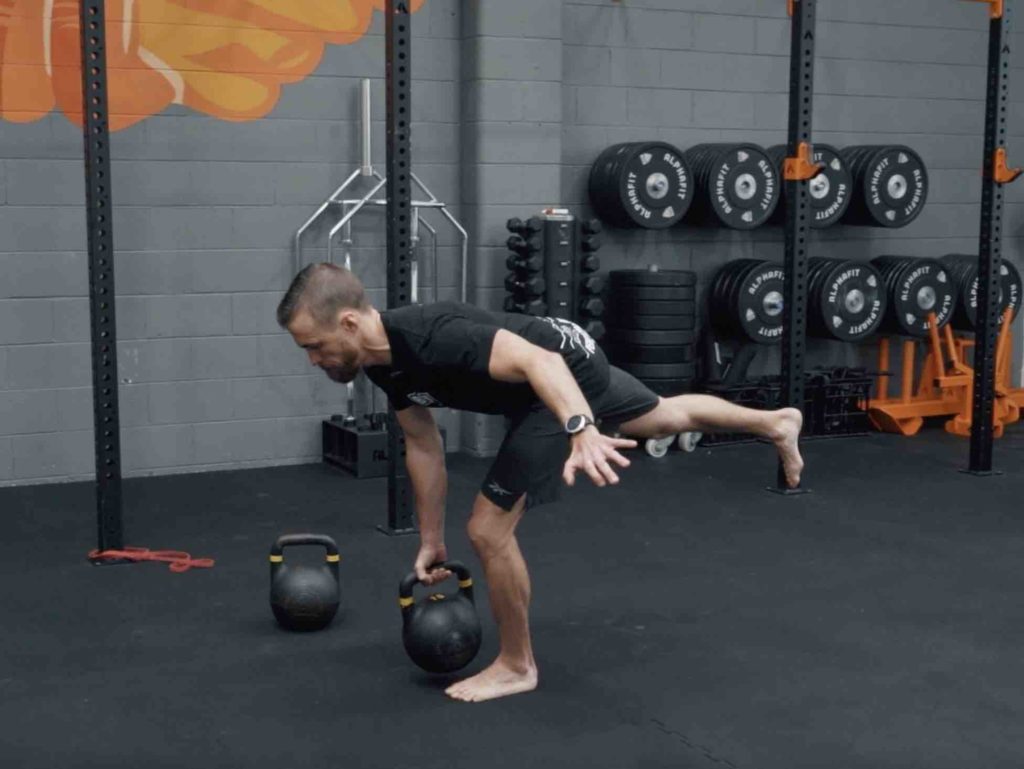
Kettlebell Swings
A dynamic movement that engages the entire posterior chain, including the hamstrings. The kettlebell swing is another great exercise to strengthen your hamstrings and posterior chain.
Related Posts:
- Hip Hinge: The Ultimate Guide To Proper Form And Benefits
- Strength Training For Runners: The Complete 4 Stage Guide
- RDL vs Deadlifts – 2 Posterior Chain Exercises You Must Master
Performing Nordic Curls at Home
Even if you don’t have access to a gym or specialized equipment, you can still perform Nordic Curls at home using creative alternatives. Secure your feet under a heavy piece of furniture or have a partner assist you.
Frequently Asked Questions
Why are Nordic Curls so hard?
Nordic Curls are demanding due to their focus on eccentric contraction, which requires significant muscle control and strength.
What are the benefits of Nordic Curls?
Nordic Curls strengthen hamstrings, prevent injuries, enhance athletic performance, and improve functional fitness.
How many times a week should I do Nordic Curls?
Start with 1-2 sessions per week and gradually increase as your strength improves, but always prioritize adequate rest.
How can you progress in Nordic Curls?
Gradually increase the range of motion and attempt more challenging variations as your strength develops. Eccentric nordic curls are a great starting point. Beginner exercises such as hamstring slides are a great way to get started if you have minimal or no equipment.
Will Nordic Curls make me faster?
Yes, strong hamstrings contribute to speed and power in various athletic activities such running and jumping.
Are there any disadvantages to Nordic Curls?
When performed correctly, Nordic Curls offer numerous benefits. However, incorrect form could lead to discomfort or injuries. If you have pre-existing knee or hamstring issues, be sure to consult your doctor or physical therapist.
Can Nordic Curls help build muscle size?
While Nordic Curls primarily focus on strength, they can contribute to muscle development as part of a balanced training regimen when paired with hypertrophy training.
In conclusion, mastering the Nordic Curl is a journey that leads to stronger hamstrings, improved athletic performance, and enhanced overall fitness. By understanding proper technique, incorporating variations, and following injury prevention strategies, you can unlock the full potential of this challenging yet rewarding exercise. Whether you’re an elite athlete or a fitness enthusiast, the Nordic Curl deserves a prime spot in your training routine.